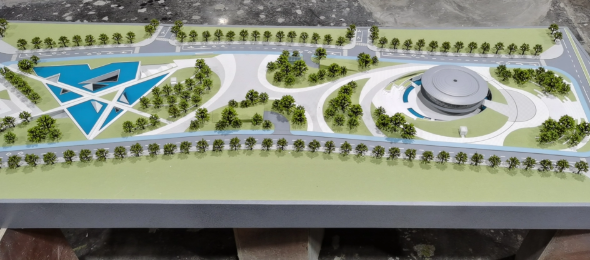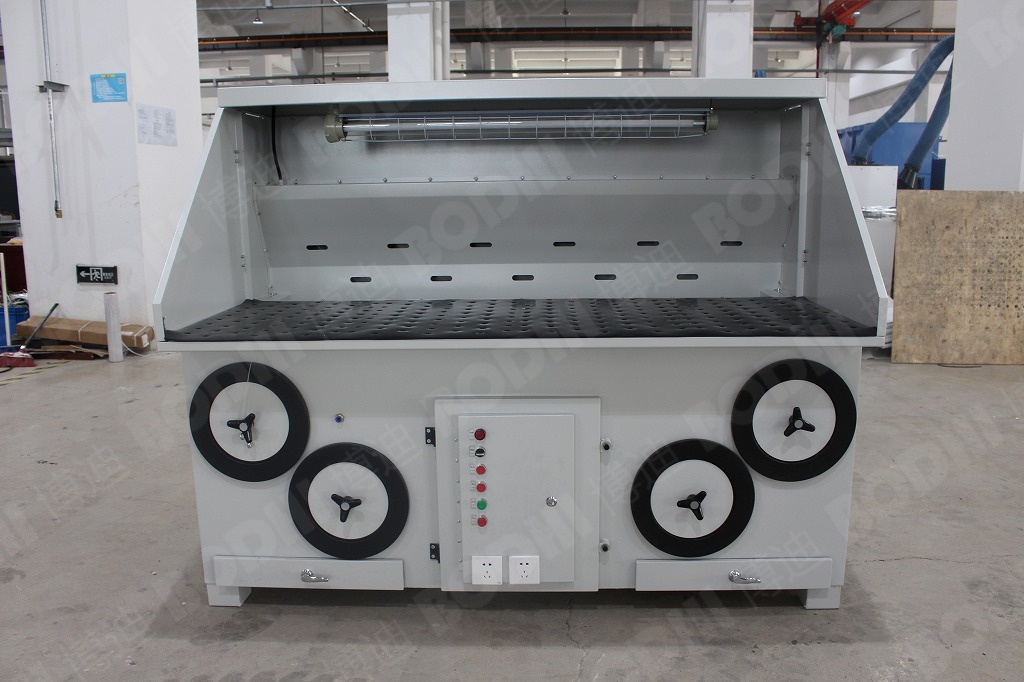How Sand Table Models Enhance Visitor Engagement in Modern Art Galleries

Introduction: Visitor Experience as the Key Success Factor
In today’s cultural landscape, art galleries face increasing pressure to create exhibitions that not only showcase masterpieces but also keep visitors engaged. The success of a gallery is no longer measured solely by the quality of the artworks on display, but also by the depth of the visitor experience. Modern audiences expect interactivity, storytelling, and immersive elements that allow them to connect with art on a personal level. One of the most effective tools to achieve this transformation is the art gallery sand table model—a high-end display solution that blends artistic expression with architectural precision.
Common Visitor Pain Points in Traditional Exhibitions
While art galleries are renowned for their collections, many traditional exhibitions struggle to capture the attention of today’s visitors. Some of the most common challenges include:
-
Abstract concepts that are difficult to grasp: Certain artworks or exhibition themes are too conceptual, leaving visitors disengaged.
-
Lack of interaction: Static displays often fail to spark curiosity or emotional resonance.
-
Visitor fatigue: Long walks through exhibition halls without interactive elements can reduce attention span.
-
Limited storytelling tools: Conventional displays rarely provide a spatial or narrative context for the art.
These challenges highlight the need for innovative exhibition tools that make art more accessible and engaging.
How Sand Tabe Models Make Art Easier to Understand
Sand table models act as a bridge between abstract artistic ideas and tangible visualizations. By offering a three-dimensional representation, they provide visitors with a clearer understanding of themes, spatial relationships, and historical or cultural contexts. For instance:
-
Visual clarity: Models break down complex concepts into miniature, easy-to-digest displays.
-
Spatial awareness: Visitors can see how artworks or architectural structures fit into a larger narrative.
-
Immersive storytelling: A sand table model can simulate entire cityscapes, cultural sites, or exhibition layouts, allowing audiences to grasp the “big picture.”
This makes the experience more inclusive, ensuring that both experts and casual visitors find value in the exhibition.
Interactive Sand Table Models: Lighting, Touch-Screen, VR Integration
Modern sand table models go far beyond static presentations. Thanks to advanced technology, they now integrate interactive features that captivate visitors on multiple levels:
-
Dynamic lighting: Smart lighting highlights specific details, guiding visitor attention and creating dramatic visual effects.
-
Touch-screen interaction: Digital interfaces allow users to explore different layers of the model, from historical context to architectural details.
-
VR and AR integration: Visitors can step into a virtual environment, experiencing the model from an entirely new perspective.
At Shengqian Technology, these advanced solutions are a core strength. As a leader in high-end display sand table models, Shengqian combines precise craftsmanship with cutting-edge technology to deliver models that are not only visually striking but also highly interactive.
Case Examples of Improved Visitor Retention and Engagement
Art galleries that adopt sand table models have reported measurable improvements in visitor engagement. Examples include:
-
Extended viewing time: Interactive models encourage visitors to linger, increasing their overall time spent in the gallery.
-
Higher return rates: Unique, immersive experiences motivate audiences to revisit exhibitions.
-
Improved educational value: Visitors, especially students and younger audiences, find models more relatable and easier to understand.
These benefits demonstrate how sand table models transform exhibitions into memorable experiences.
Business Value for Galleries: Increased Traffic and Stay Time
Beyond enhancing the visitor journey, sand table models bring tangible business benefits to galleries. When audiences spend more time engaging with exhibits, they are more likely to recommend the gallery, purchase tickets for future shows, or participate in membership programs. Moreover, interactive displays often generate media attention and social sharing, further boosting brand visibility.
By investing in custom sand table models from Shengqian Technology, galleries position themselves as forward-thinking cultural spaces that cater to the evolving expectations of modern visitors.
Conclusion: Future-Proofing Galleries with Engaging Models
As art galleries compete for relevance in a digital-driven era, visitor engagement will remain the ultimate success factor. Sand table models provide a powerful solution, offering clarity, interactivity, and immersive storytelling that resonates with audiences of all ages. With its expertise in designing and producing high-end display sand table models for real estate, urban planning, tourism, and cultural institutions, Shengqian Technology is uniquely positioned to help galleries future-proof their exhibitions.
By integrating precision craftsmanship with cutting-edge innovation, Shengqian ensures that every sand table model is not just a display tool but a storytelling medium—transforming how visitors connect with art.
www.shengqiantech.com
Sichuan Shengqian Technology Co., Ltd.



